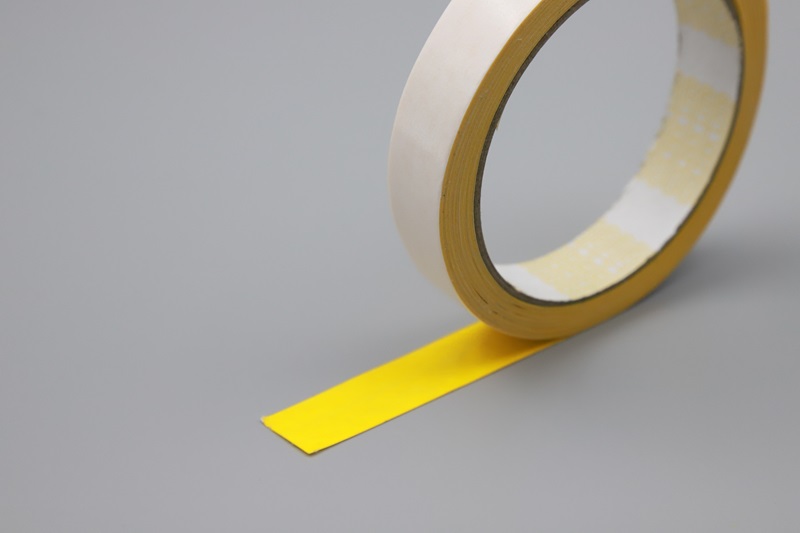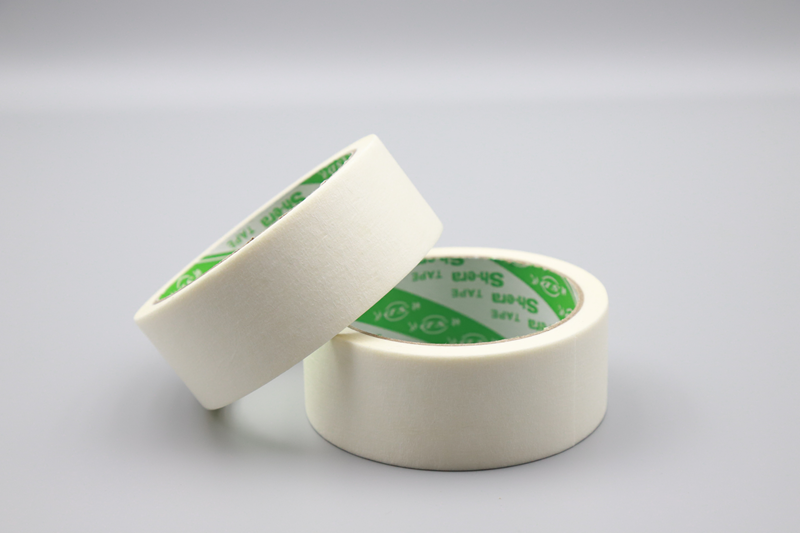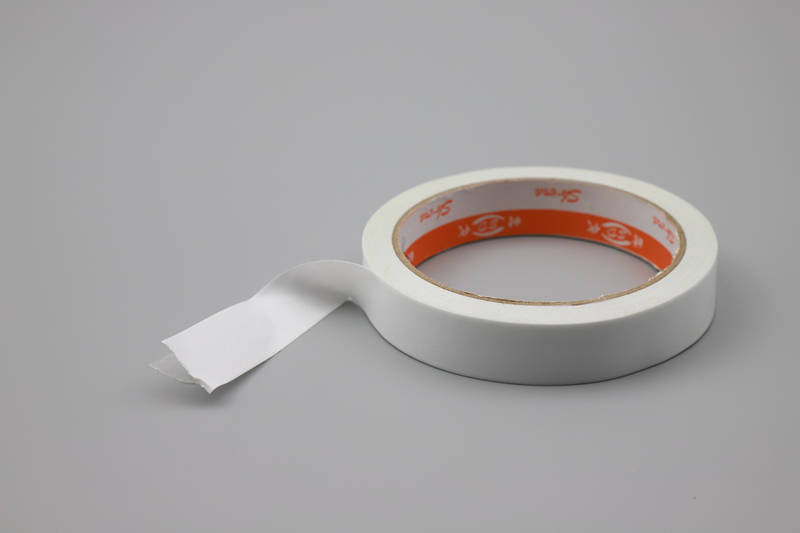Double-sided tape is a versatile adhesive solution that has gained popularity for various applications, from crafting to home improvement. Its ability to bond two surfaces together without the need for visible fasteners makes it an attractive option for many DIY enthusiasts and professionals alike. However, when it comes to using double-sided tape on walls, there are several factors to consider, including the type of wall surface, the weight of the items being hung, and the potential for residue left behind after removal. In this article, we will explore the effectiveness of double-sided tape on walls and provide tips on how to remove any residue it may leave behind.


Can Double-Sided Tape Be Used on Walls?
The short answer is yes, double-sided tape can be used on walls, but with some caveats. The effectiveness of double-sided tape on walls largely depends on the type of tape used and the wall surface. Here are some key points to consider:
Surface Type: Different wall surfaces can affect the adhesion of double-sided tape. Smooth surfaces like painted drywall, glass, or metal tend to work well with double-sided tape, as they provide a solid foundation for the adhesive to bond. However, textured surfaces, such as brick or stucco, may not allow for a strong bond, leading to the tape failing to hold items securely.
Weight of Items: The weight of the items you intend to hang is crucial. Lightweight items, such as posters, photos, or small decorations, can typically be held securely with double-sided tape. However, for heavier items like shelves, mirrors, or large frames, it is advisable to use more robust mounting solutions, such as wall anchors or screws, to ensure safety and stability.
Type of Double-Sided Tape: Not all double-sided tapes are created equal. Some are designed specifically for wall applications and come with stronger adhesives that can support heavier items. Look for tapes labeled as “wall-safe” or “heavy-duty” to ensure they are suitable for your intended use.
Temporary vs. Permanent: If you are looking for a temporary solution, double-sided tape can be a great option. However, if you need a more permanent solution, consider using mounting putty or adhesive strips designed for long-term use.
How to Remove Double-Sided Tape’s Residue
One of the downsides of using double-sided tape is the residue it can leave behind when removed. This residue can be unsightly and difficult to clean, especially on painted walls. Here are some effective methods for removing double-sided tape residue:
Gentle Scraping: Use a plastic scraper or an old credit card to gently scrape off the residue. Be careful not to damage the wall surface. Start at the edges of the residue and work your way inward, applying light pressure.
Heat Application: Applying heat can soften the adhesive, making it easier to remove. Use a hairdryer on a low setting and hold it a few inches away from the residue. Once the adhesive is warm, use a scraper or cloth to wipe it away.
Adhesive Remover: There are commercial adhesive removers available that can effectively dissolve double-sided tape residue. Follow the manufacturer’s instructions and test the product on a small, inconspicuous area of the wall first to ensure it does not damage the paint or finish.

Rubbing Alcohol or Vinegar: For a more natural approach, rubbing alcohol or white vinegar can be effective in breaking down adhesive residue. Dampen a cloth with either substance and gently rub the residue until it begins to lift. Wipe the area clean with a damp cloth afterward.
Soap and Water: In some cases, a mixture of warm water and mild dish soap can help remove residue. Soak a cloth in the soapy water, wring it out, and place it over the residue for a few minutes to soften it. Then, gently scrub the area until the residue is gone.
Post time: Dec-30-2024




